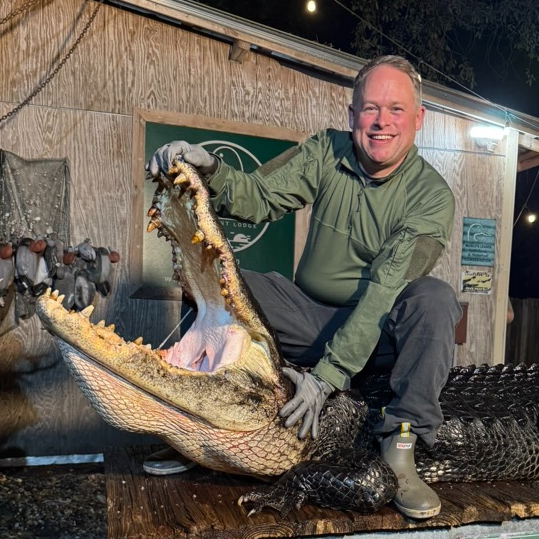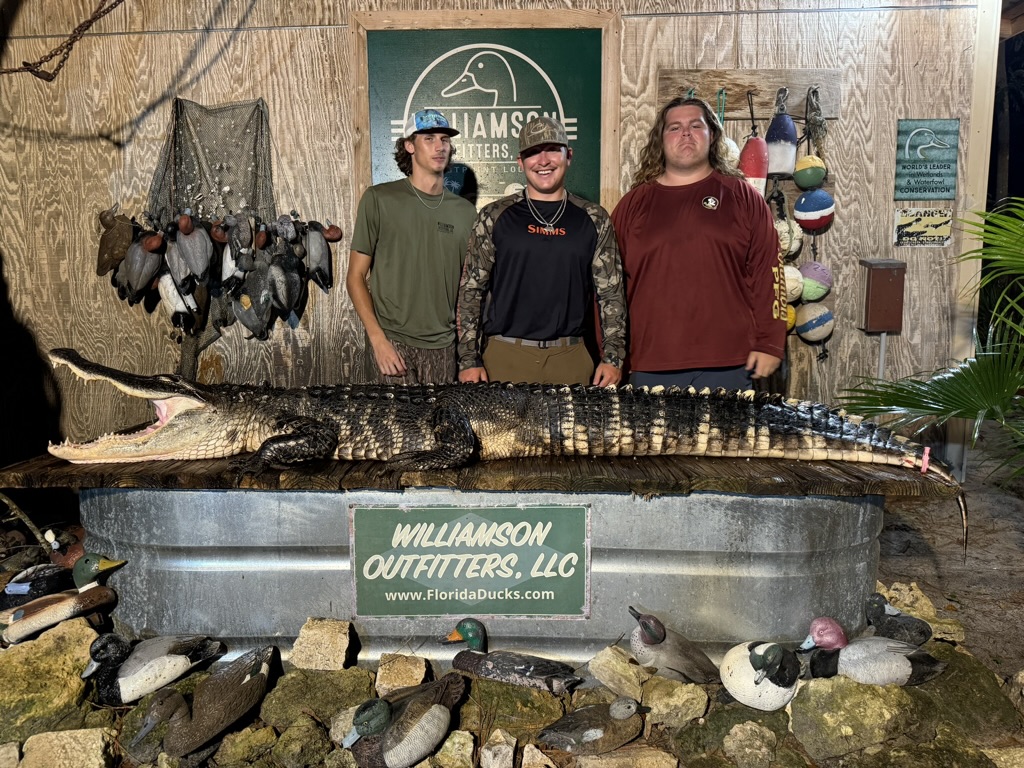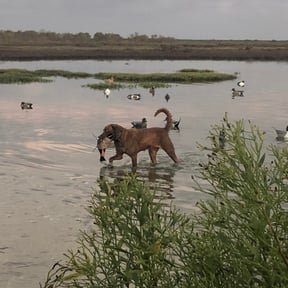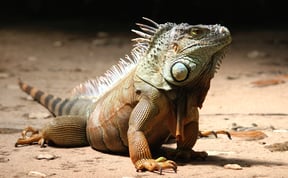We started Captain Experiences to make it easy to book fishing and hunting guides around the world. With over 1,800 Damn Good Guides, our platform makes finding and booking a trip seamless. Head here to check out our trips.
For updated information about dove season, visit our Texas dove hunting guide.
Texas Dove Season: 2023 Hunting Dates
Dove hunting in Texas is a highly anticipated event by hunters across the state. When September hits, hunters flood into fields with a shotgun in hand and a stool over their shoulder. Dove is one of the more social seasons and since it’s the first season to open, many hunters treat it as a kickoff for the hunting season to come.
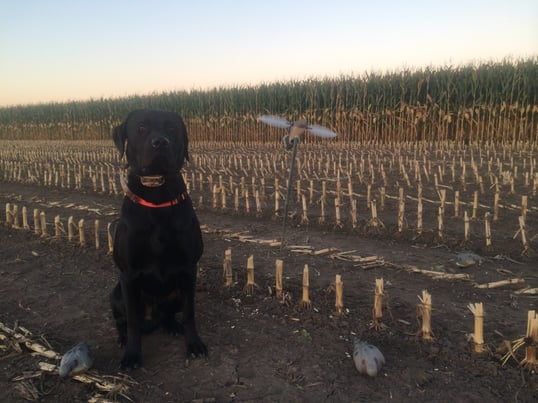
If you’re new to dove hunting or unfamiliar with the regulations in Texas, here is everything from bag limits to zones and dates. The regulations below are for the 2023 but will be updated when information for 2024 is released.
Dove Species & Regulations in Texas
The most commonly hunted species of dove is the mourning dove. They can be found across the Lone Star State and will likely make up the majority of your bagged birds. Mourning doves are a gray to brownish-tan in color with black dots on their wings and a longer pointed tail.
White wing dove are the second most common game bird in the dove family. These dove are most common in South Texas but can occasionally found in central Texas. White wing dove are slightly larger than the mourning dove and sport a round tail. The most identifiable characteristic of this dove is the white stripe of feathers on the front of their wings.
The third commonly hunted dove species is the white-tipped or white-fronted dove. These birds are similar in appearance to the white wing dove but lack the white feathers on the wings.
During the regular dove season you are allowed a bag limit of 15 of these game birds per day with no more than 2 white-tipped dove and a possession limit of three times the daily limit.
Invasive Dove Species in Texas
There are two invasive species of dove in Texas that are not regulated by Texas Parks and Wildlife. These dove have no daily bag limit, no possession limit, and no closed season so you are free to shoot as many as you like whenever you like.
The two unprotected species are the eurasian dove and the rock dove. Eurasian dove, also known as collared dove, are significantly bigger than any of the three previously mentioned dove species. This dove is also a lighter color and has a squared tail and white underside. Their most identifying feature is the black collar that goes around the backs of their necks.
Chances are you’re already familiar with the rock dove, or as its commonly known, pigeon. These birds are easily identifiable by their dark complexion, they look just like any pigeon you would see in the city. While many people are repulsed by the thought of eating a city pigeon, if the bird as taken from a field, they probably have spent their life eating grain and are perfectly safe to eat.
Protected Dove Species in Texas
In Texas, there are also protected species of dove that are strictly off limits. The banded tail pigeon is the first of the protected species. These birds have a yellow beak, white collar around the back of their neck, and a darker cape of feathers just below the collar. The banded dove also has a distinct red ring around their eyes and pale pink to tan bellies.
The inca dove is also protected under Texas law. This dove is much smaller than its commonly hunted relatives and has a relatively uniform color on its body. Their most distinct feature is the texture their feathers create. Their feathers overlap like wood shingles and give this dove a scaly appearance.
The common ground dove is the third species of protected dove. This bird is similar in size to the inca dove but the similarities in appearance end there. Ground dove have brown spots on their wings and a spotted feather pattern on their breast and head.
Texas Dove Hunting Zones
The dove season regulations in Texas are divided by hunting zones. This is important to understand because the seasons vary slightly between zones, and depending on where you’re hunting, opening weekend could be different.
The north zone is a portion of the state that runs from the northern Texas border, down to its boundary that looks like a somewhat squiggly diagonal line running from Fort Hancock to the west, up to the Texas-Arkansas state line to the east.
This southern boundary or "bottom" of the north dove hunting zone is comprised of three highways: I-30 from Texarkana to Fort Worth, I-20 from Fort Worth to Kent, and I-10 from Kent to Fort Hancock. Anything north of these boundaries is considered the north zone.
The central zone begins on the south side of the boundaries above and continues south to another set of boundaries. From Orange through Houston and all the way to San Antonio, I-10 is the southern boundary for the central zone. In San Antonio, however, the boundary follows State Loop 1604 until it runs into US Highway 90. From San Antonio to Del Rio, US 90 is the boundary.
The south zone is everything from the bottom of the central boundary to the southern Texas border.
2023 Texas Dove Season Dates, Regulations, and Bag Limits
The 2023-2024 season for the north zone runs from September 1st to November 12th, and picks back up from December 15th through the 31st.
Central zone also begins on September 1st and is open until October 29th. It begins again on December 15th, continuing through January 14th.
The south zone dove season opens on September 14th and ends October 29th. It re-opens on December 15th and continues through January 21nd.
For all three zones, the daily bag limit is 15 birds, with a daily aggregate of no more than two white-tipped and a possession limit of three times the daily bag limit.
There is also a special white-wing only season in the south zone at the beginning of September. It's open on September 1st through the 3rd, and again on September 8th through the 10th.
In this south zone special white wing season, you’re allowed a bag limit of 15 birds with no more than 2 mourning dove and 2 white-tipped, with a possession limit of three times the daily limit.
Legal Shooting Hours in TX
Legal shooting hours for hunting in Texas begin one half hour before sunrise and go until sunset, so be sure to know what time the sun officially rises and sets when you go hunting.
Texas Hunting License Requirements
To hunt dove in Texas, you also are required to have a Texas hunting license for that specific season. This includes having your migratory bird stamp as well.
Another thing to note is to make sure you report all banded birds you shoot to Texas Parks and Wildlife. This helps them fulfill the purpose of banding birds and should be done whenever you kill any species of banded birds.
If you need more clarification on which counties fall into which zone or details pertaining to any of the other regulations in place, refer to Texas Parks and Wildlife.
Joey Butrus
Updated on January 15, 2025

March 8, 2022

June 28, 2023

June 22, 2022
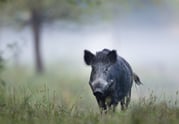
November 7, 2023
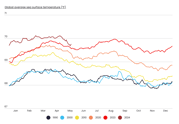
November 15, 2023
Related Articles
October 21, 2022
August 3, 2023
August 24, 2022
Featured Locations
- Fishing Charters Near Me
- Austin Fishing Guides
- Biloxi Fishing Charters
- Bradenton Fishing Charters
- Cabo San Lucas Fishing Charters
- Cancun Fishing Charters
- Cape Coral Fishing Charters
- Charleston Fishing Charters
- Clearwater Fishing Charters
- Corpus Christi Fishing Charters
- Dauphin Island Fishing Charters
- Daytona Beach Fishing Charters
- Destin Fishing Charters
- Fort Lauderdale Fishing Charters
- Fort Myers Fishing Charters
- Fort Walton Beach Fishing Charters
- Galveston Fishing Charters
- Gulf Shores Fishing Charters
- Hatteras Fishing Charters
- Hilton Head Fishing Charters
- Islamorada Fishing Charters
- Jacksonville Fishing Charters
- Jupiter Fishing Charters
- Key Largo Fishing Charters
- Key West Fishing Charters
- Kona Fishing Charters
- Madeira Beach Fishing Charters
- Marathon Fishing Charters
- Marco Island Fishing Charters
- Miami Fishing Charters
- Montauk Fishing Charters
- Morehead City Fishing Charters
- Naples Fishing Charters
- New Orleans Fishing Charters
- New Smyrna Beach Fishing Charters
- Orange Beach Fishing Charters
- Panama City Beach Fishing Charters
- Pensacola Fishing Charters
- Pompano Beach Fishing Charters
- Port Aransas Fishing Charters
- Rockport Fishing Charters
- San Diego Fishing Charters
- San Juan Fishing Charters
- Sarasota Fishing Charters
- South Padre Island Fishing Charters
- St. Petersburg Fishing Charters
- Tampa Fishing Charters
- Tarpon Springs Fishing Charters
- Venice Fishing Charters
- Virginia Beach Fishing Charters



















